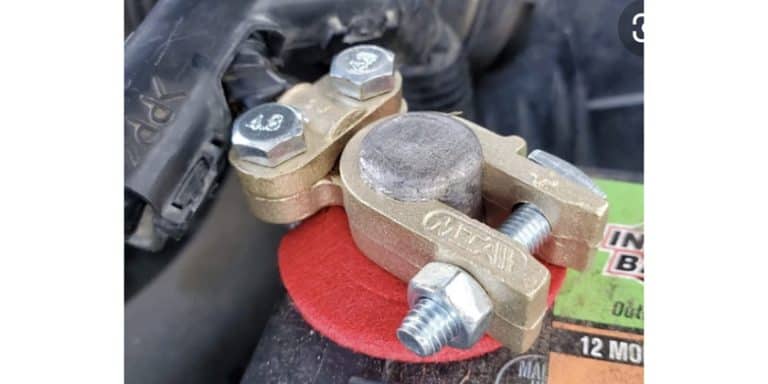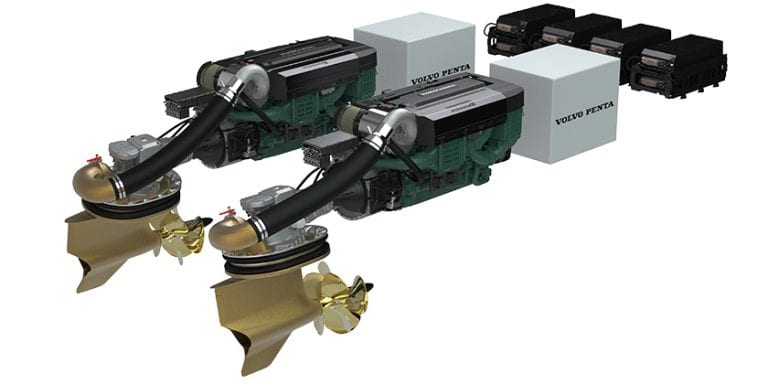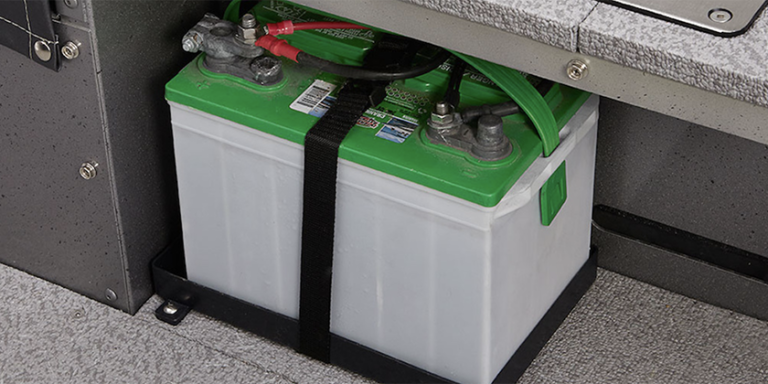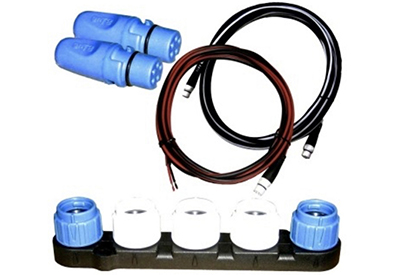Marine Electrical Systems – Part II
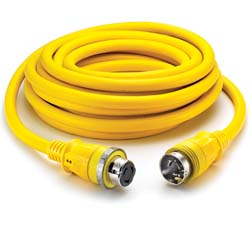
By Robert Buller
 This continues our look at improvements to marine electrical systems. Following on our feature on new battery technology, here we review re-charging those batteries, starting with shore cords and isolation transformers. We’ll follow with a subsequent review of generators as well as alternators, dynamos, solar panels and fuel cells.
This continues our look at improvements to marine electrical systems. Following on our feature on new battery technology, here we review re-charging those batteries, starting with shore cords and isolation transformers. We’ll follow with a subsequent review of generators as well as alternators, dynamos, solar panels and fuel cells.
As we noted in the April 2012 Canadian Yachting on page 50, new battery technology is increasingly common in marine applications, but new technology batteries need to be well matched to charging systems and first, you need a power source.
Shore Cords
The first place that batteries get re-charged is from power that comes through the shore cord at the home marina. Marina managers and insurance companies will admit that shore cord malfunction is far too common and is the most frequent cause of electrical faults causing fire. The biggest problem is the twist-and-lock design of the standard 30A connector, and its need to bear the weight of cord itself. Any looseness of the connection (some looseness is actually built-in by the twist-lock design) causes electrical arcing and heat build-up. This heat distorts the plastic plug housing, causing more looseness and further arcing. Arc, heat, melt, and this cycle causes sufficient heat that deforms connectors; arcing gets severe and melt-down occurs. At best, a breaker trips and all onboard power is lost with battery depletion and the loss of all onboard safety systems. At worst, it’s a fire.
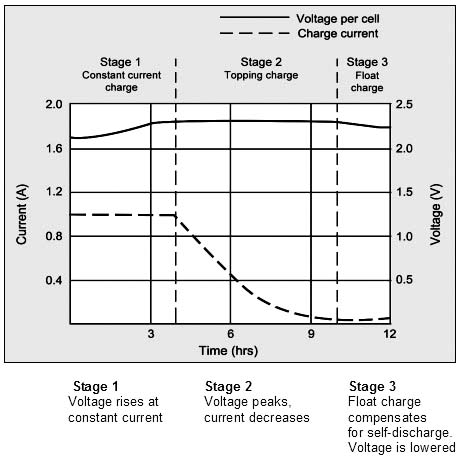
This is obviously fatal to the cord and sometimes to the vessel. Marinas abound with examples of melted shore cords. Some boaters admit they have to buy a new shore cord every year as a result of this heat distortion. Something is clearly wrong.
Shore cord manufacturers are now taking this problem more seriously. Several have introduced a warning light system at the marina end to indicate that electrical connections are correct – or warn users if not. Hubbell has designs that contain LED lights that indicate correct connection, or give advance notice of problems. It also introduced a metal shroud to aid locking. The challenge of the twist design itself remains however, and though it has been the industry standard for many decades, an update is under consideration by the American Boat and Yacht Council (ABYC).
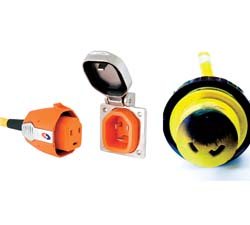 A few years ago, SmartPlug re-designed the actual plug itself to eliminate the looseness that causes arcing. Their patented design uses a non-twist pin configuration that is tighter. It also incorporates a special sensor to detect unwanted heat build-up, multiple weather seals to keep the connection weather-tight and a positive locking connection. First introduced as a 30A connector, SmartPlug has recently introduced a 50A model and has a complete shore cord in final stages of testing. This design is a huge improvement over standard cord designs. So much was confidence in this new design that some insurance companies offer a discount for SmartPlug-equipped boats.
A few years ago, SmartPlug re-designed the actual plug itself to eliminate the looseness that causes arcing. Their patented design uses a non-twist pin configuration that is tighter. It also incorporates a special sensor to detect unwanted heat build-up, multiple weather seals to keep the connection weather-tight and a positive locking connection. First introduced as a 30A connector, SmartPlug has recently introduced a 50A model and has a complete shore cord in final stages of testing. This design is a huge improvement over standard cord designs. So much was confidence in this new design that some insurance companies offer a discount for SmartPlug-equipped boats.
More recently, Marinco, the largest manufacturer within this product category, introduced a modified design, the EEL (Easily Engaged, Locking) that has a more positive locking system and a built-in LED light to aid connections. It too should reduce the looseness that causes arcing and result in a longer-lasting, safer shore connection.
Boaters should not need a new cord every year. Should this be necessary, it should prompt a complete system check by a qualified professional. If new shore cords are indicated, consideration should be given to these improved designs.
Isolation Transformers
Marinas have notoriously “dirty” electrics with stray currents everywhere, sometimes to dangerous levels. It’s not usually your vessel, but not all owners are as careful as they should be. Cords are often dangling in water, loose connections abound and grounding is frequently incomplete. Marinas should never allow swimming anywhere near moored vessels with shore cords – personal risks are too high. See the April 2011 issue of Canadian Yachting on page 86 for a more complete explanation about isolation transformers and stray current in the water.
Besides danger to humans, there is also risk from accelerated metal corrosion that stray current causes.
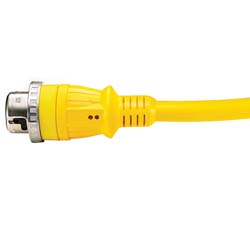 Boaters should protect their vessels and expensive equipment from stray or dirty current by installing an isolation transformer (properly a galvanic isolation transformer) at the boat end of their shore power connection. A number of manufacturers provide isolation transformers including MasterVolt, NewMar and Charles, among several others. (We noted Charles Industries being spec’d by high-end boat manufacturer Coastal Craft in the February 2012 Canadian Yachting.) Galvanic isolation transformers, whatever the manufacturer, provide a complete break in the electrical connection from shore that allows proper current to pass but cleaned from harmful extras.
Boaters should protect their vessels and expensive equipment from stray or dirty current by installing an isolation transformer (properly a galvanic isolation transformer) at the boat end of their shore power connection. A number of manufacturers provide isolation transformers including MasterVolt, NewMar and Charles, among several others. (We noted Charles Industries being spec’d by high-end boat manufacturer Coastal Craft in the February 2012 Canadian Yachting.) Galvanic isolation transformers, whatever the manufacturer, provide a complete break in the electrical connection from shore that allows proper current to pass but cleaned from harmful extras.
Another feature on some isolation transformers is a voltage boosting circuit. Marinas with long electrical runs can have reduced voltages at remote outlets. The more advanced transformers will boost that power to a full 12 volts to ensure that power is at its best levels.
The more serious problem is corrosion of key metallic components. This is caused when dissimilar metals are near, or under water. All water, particularly salt water, is an electrolyte able to conduct current so that the boat itself becomes a small battery. This leads to significant destructive corrosion of metal components. We have known about this danger for decades and have routinely installed sacrificial anodes to protect all the important metal parts. Anodes, whether zinc or aluminum, are specifically designed to be sacrificed by this underwater electric corrosion.
Stray current from other vessels or the marina, coming through the otherwise innocent shore-cord will magnify any onboard corrosion, sometimes by a huge multiple. This will dramatically reduce anode life and put other metal components at serious risk. Anodes are inexpensive, but props shafts and through-hulls are not. They must be protected.
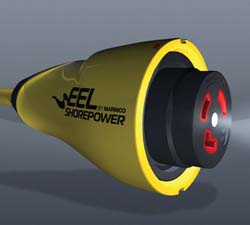 If electrical faults are noticed, if cords last only a season or two, or anodes are being quickly depleted, then an upgrade is indicated, and a delay is never warranted. Boaters should consider one of the new shore cord designs matched with a galvanic isolation transformer.
If electrical faults are noticed, if cords last only a season or two, or anodes are being quickly depleted, then an upgrade is indicated, and a delay is never warranted. Boaters should consider one of the new shore cord designs matched with a galvanic isolation transformer.
Manufacturers
American Boat & Yacht Council www.ABYCinc.com
Battery University www.batteryuniversity.com
Charles www.charlesindustries.com
Coastal Craft Yachts www.coastalcraft.com
Hubbell Inc. www.hubbell-marine.com
Marinco Electrical Group www.marinco.com
MasterVolt www.mastervolt.com
NewMar www.newmarpower.com
Smart Plug Systems LLC www.smartplug.com
Photo Captions:
Photo 1 – Shore cords by Hubbell that have indicator lights that will show a complete, properly-working electrical connection or will also show polarity mismatches or incomplete connections. Action by the owner or marina staff is needed in those instances, but at lease the lights will warn of problems early.
Photo 2 – This chart shows the typical three-stage charging profile for common flooded lead-acid batteries. Note the change in both charging voltage and current over the charging cycles. These stages and their profile will be quite different for gel AGM or Lithium batteries. SOURCE: www.batteryuniversity.com.
Photo 3 – The new SmartPlug at left showing its unique pin configuration and a well-used, burned and dangerous 30A cord at right. This melted appearance is caused by the continued electrical arcing created by loose connections. SmartPlug has recently introduced a 50A version, and a complete shore-cord is in final stages of testing.
Photo 4 – Hubbell 50A shore cord connector. Note the indicator lights and the metal sleeve that will improve the connection, but won’t eliminate the looseness caused by the twist-lock design.
Photo 5 – This is Marinco’s new EEL plug; (Easily Engaged, Locking) plug that has a more positive locking system and a built-in LED light to aid connections.

